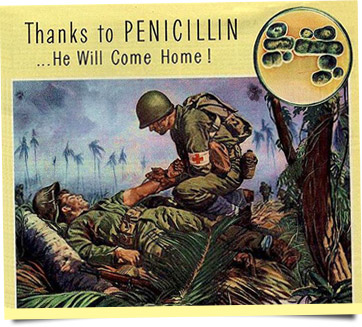While in class we discussed at length the unfathomable sacrifice of so many British and American soldiers during the invasion of Normandy, we only briefly touched on the effects on civilians, especially when the Allies bombed. In the D-Day documentary, there was one woman interviewed who was a French schoolgirl during the time of World War 2, and she recounted knowing that her friends were dying around her while the Allies were dropping bombs along the coast. However, these casualties are very hard to measure accurately, because unlike the militaries, the towns didn't necessarily have a list of everyone who had been in Normandy, and who came out alive or dead. It is estimated that between 15,000 and 20,000 French civilians were killed in the Allied air raids, and many of those who did escape or survived found their homes destroyed when they returned due to the Allies advancements further into France, on their way to liberate Paris. This is not to say that the Allies did not care about French civilians at all, because, within a few days, medical personnel was brought in to care for both the injured soldiers and civilians. Even in the span of a few days though, people's wounds got very serious, and if it wasn't for the advancements in medicine, the death toll would have been much higher for everyone. Penicillin was a recent advancement in Britain at the time. It was brought to France in mass quantities and since the technology to produce it advanced at a rapid rate, the cost decreased due to its availability. Nurses and medical officers were estimated to have saved up to 15% of lives with penicillin.

Death wasn't the only negative effect on the citizens of Normandy either though. The massive air raids that were dropped all over the French villages didn't only kill, but destroyed their homes and communities too. In the city of Caen, the citizens left their homes and went to huge underground stone quarries that sheltered them until Canadian soldiers came to tell them France was freed from Nazi occupation. When the American and British soldiers dropped leaflets on D-Day to run and escape the bombs, they went to the caves that stone was taken from for churches, castles, and monuments. It is arguable that the most important use of the stone of these caves was saving these people and acting as temporary bomb shelters though.

Even though the destruction of these people's lives was horrific, a French survivor acknowledges that it was necessary to achieve victory, and in an interview, still thanked the troops who liberated France, because the defeat of the Nazis, in the long run, was more important than the casualties and destruction that was caused in these few French villages.
https://d-dayrevisited.co.uk/d-day-history/d-day-landings/cost-of-battle/
https://www.dday-overlord.com/en/battle-of-normandy/normans/losses
https://apnews.com/68aef25488f74bcaa2cdec54ae3be608


Your post was really detailed and it did a great job outlining how French civilians were affected by the Allied air raids. I never knew that penicillin was such an effective and important treatment for the victims. I also thought it was interesting that most French survivors recognized that the bombing was necessary in order for Allied victory. I found out that June 6th, 2019 represented the 75th Anniversary of D-Day, and there was a huge event in Normandy to commemorate the brave soldiers and celebrate the victory. The anniversary included military parades, firework displays, airdrops, picnics, concerts, and military camp re-enactments. This shows how the legacy of D-Day and French liberation continues to live on.
ReplyDeletehttp://en.normandie-tourisme.fr/calendar-of-events/anniversary-of-d-day-847-2.html